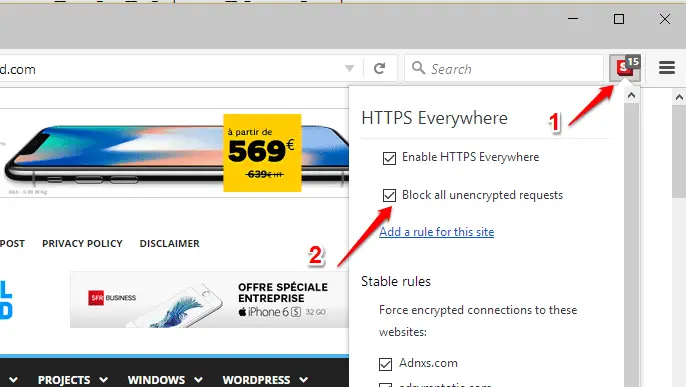

You'll also need to do chmod +x /usr/bin/chromium-torĮdit: For Ubuntu, use chromium-browser instead of chromium in /usr/bin/chromium-tor and sometimes port number 9150 is also used. If you use google-chrome for your binary, google-chrome-tor for the name would be better, and replace chromium with google-chrome in the script. To run as a single command, make a file /usr/bin/chromium-tor (you'll need root privileges to do so) #!/bin/bashĬhromium -proxy-server="socks://localhost:9050" Change the Tor Configuration File to /etc/tor/torrc and click OK. Choice language from the menu and click to. Click the radio button 'Use TCP connection (ControlPort)', and make sure that it is set to 127.0.0.1: 9051 and that Configure ControlPort automatically is unchecked and Authentication is set to none. Then run this line: chromium -proxy-server="socks://localhost:9050"ĭepending on whatever your distro's binary is for Chrome or whether or not you use Chromium, you may have to modify that line. TOR Browser does not require specially settings or installation to start using. To start TOR connection on your computer, please press 1 on your keyboard, once Tor is connected successfully message is displayed, you can use Tor Browser. Run Vidalia ( alt-F2, run "vidalia") and wait for it to give you the all-go. Will install Vidalia, an easy Tor admin interface. How To Navigate Tor When you download Tor you’ll be able to boot it up by either double-clicking the shortcut you created or going into the Tor browser files and double-clicking on the executable. On any Ubuntu/Debian system, sudo apt-get install vidalia

I have a script, chromium-tor, that boots Chromium already connected to a running Tor daemon.


 0 kommentar(er)
0 kommentar(er)
